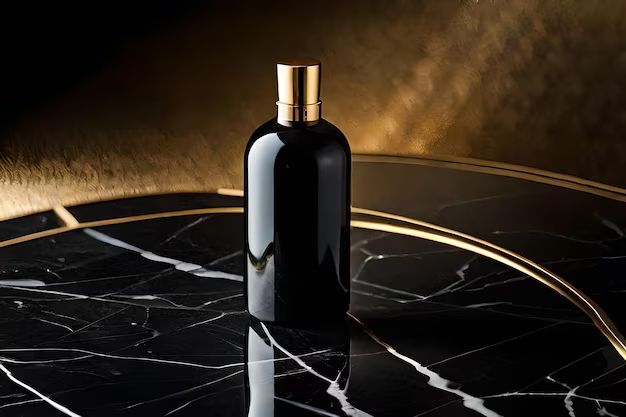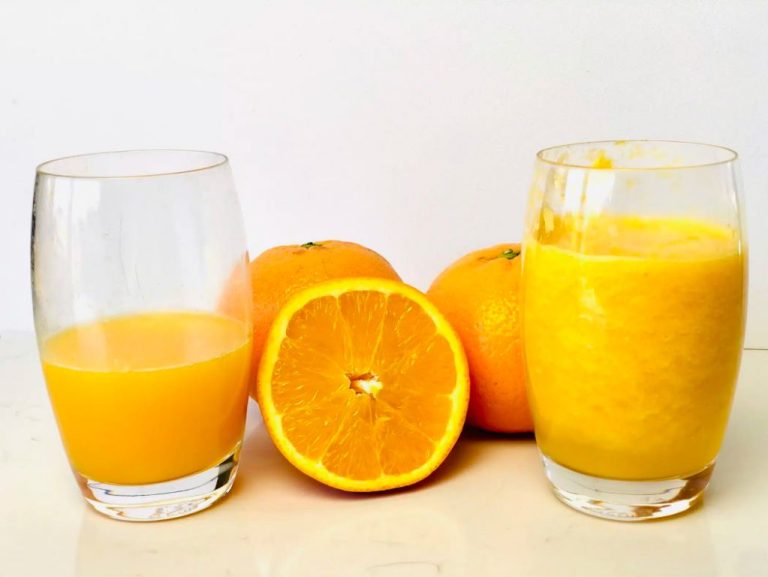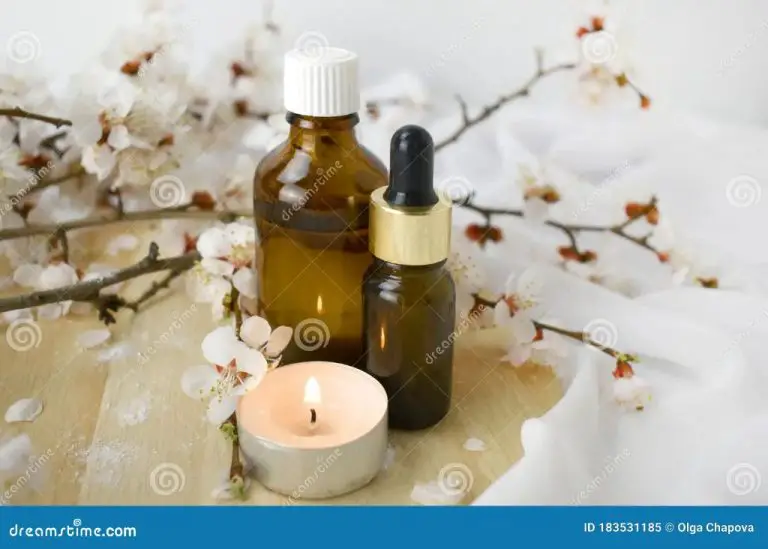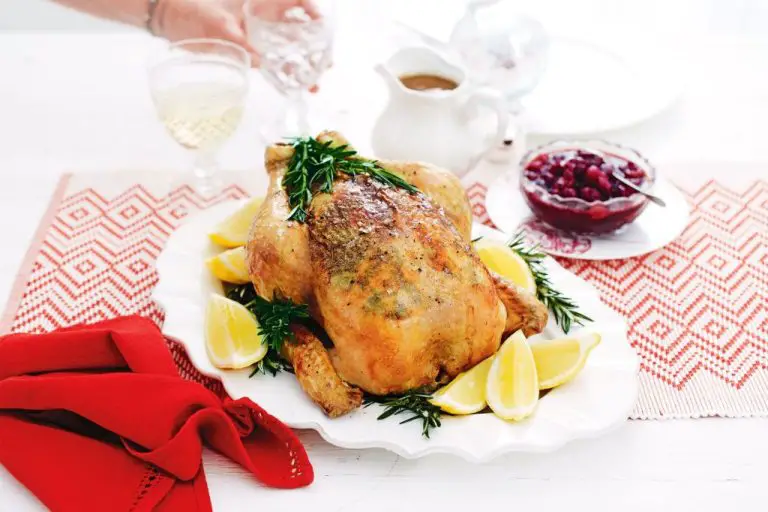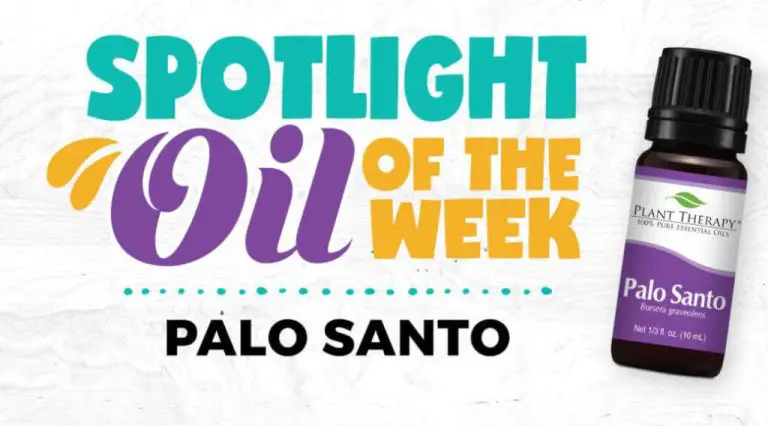Do You Mix Water With Essential Oils In A Diffuser?
Essential oils are concentrated extracts derived from plants that capture the plant’s scent and flavor, also called its essence. They are made through distillation or cold pressing and contain the natural chemicals of the plant. Popular essential oils include lavender, peppermint, rosemary, tea tree, and more. Essential oils have been used for their health benefits and aromatherapy purposes for thousands of years.
An essential oil diffuser is a device that disperses the tiny molecules of essential oils into the air. There are various types of diffusers, but they generally use water, heat, or ultrasonic waves to turn the oils into a fine vapor that can be breathed in. Diffusers allow people to enjoy the aroma and therapeutic benefits of essential oils throughout a room.
People use essential oil diffusers to purify and humidify the air, eliminate odors, and promote wellbeing through aromatherapy. Inhaling essential oils may provide physiological and psychological benefits. Diffusers are common in homes, offices, spas, and other environments to create a pleasant fragrance and improve mood and health.
Choosing Your Oils
When selecting oils for your diffuser, consider which scents and benefits you hope to experience. Some of the most popular essential oils to use are:
- Lavender – calming and relaxing
- Eucalyptus – clears sinuses, anti-inflammatory
- Lemon – energizing and mood lifting
- Peppermint – improves focus and concentration
- Bergamot – reduces stress and anxiety
- Frankincense – grounding, promotes spiritual wellness
- Tea tree – antimicrobial and immune supporting
- Rosemary – improves memory and stimulates the mind
- Cedarwood – balances hormones, improves sleep
- Ylang ylang – uplifting, aphrodisiac
Consider blending complementary oils together to create your own unique diffuser recipes.
Water Dilution
Diluting essential oils with water is recommended when diffusing the oils to maximize benefits and safety. There are several key reasons to dilute essential oils with water:
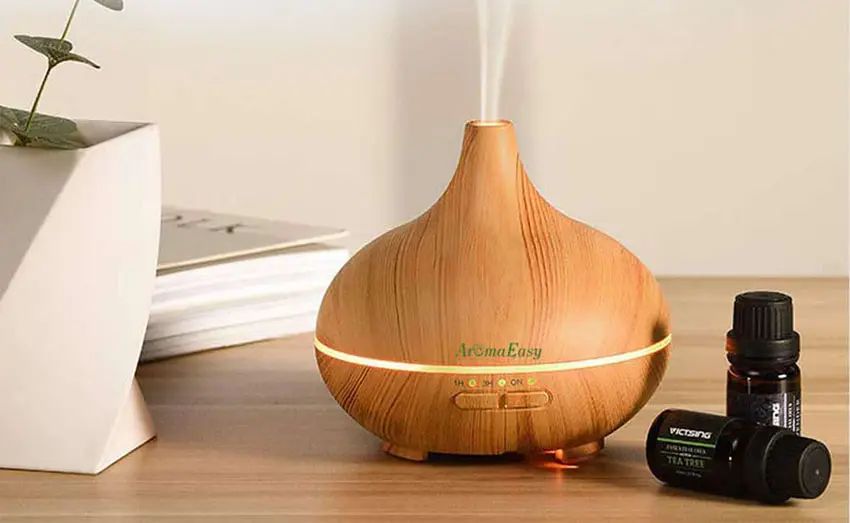
Dilution makes the essential oils last longer. Just a few drops of essential oil can scent an entire room when diluted in water in a diffuser. Using less oil this way improves efficiency and value.
Water dilution prevents overpowering scents. Essential oils are highly concentrated and can be overwhelming at full strength. Adding water softens the intensity so the aroma is pleasant instead of overbearing.
Diluting essential oils reduces skin sensitivity risks. Water helps disperse the concentrated compounds that can potentially cause skin irritation. Spreading the oils out creates a gentler diffusing experience.
The generally recommended water to oil ratio is around 10:1, or 1-2 drops of essential oil per 100mL of water. However, adjusting this ratio depends on personal preference and the size of the space. More water dilution is better for safety and cost savings. Refer to specific essential oil dilution guides for detailed recommendations.
Diffuser Types
There are several different types of diffusers commonly used with essential oils:
Ultrasonic Diffusers
Ultrasonic diffusers use electronic vibrations to diffuse and atomize the essential oils into micro-fine vapor. The vapor quickly spreads through the air while also providing some cooling humidification. Ultrasonic diffusers don’t use heat, so they help preserve the therapeutic properties of the oils. They are quiet, efficient, and don’t require water filters or refilling as often as other types. Some downsides are that they should only be used for short intervals to avoid excess humidity, and cheaper models may release a plastic smell into the air (https://www.doterra.com/CA/en/blog/healthy-living-which-essential-oil-diffuser-should-i-use).
Nebulizing Diffusers
Nebulizing diffusers use pressurized air to atomize the oils into a fine mist. This allows for strong diffusion without the use of heat or water. They don’t increase humidity in the room. Nebulizers provide the most intense aroma from oils and are ideal for situations where a strong diffused presence is desired. They also allow using oils without dilution. Drawbacks are that they tend to be more expensive, louder, and use oils at a faster rate than other diffusers (https://bursera.com/blogs/discover/a-guide-to-the-different-types-of-diffusers-for-essential-oils).
Evaporative Diffusers
Evaporative diffusers use a fan to blow air across a pad or filter that contains the essential oils. The air flow causes the oils to naturally evaporate into the air. No water or heat is used. They are quiet and energy efficient. Downsides can be slower diffusion and the potential for filters to get clogged over time. Proper cleaning is important for evaporative models (https://byvorda.com/blogs/enlightening-space/best-5-types-of-diffusers).
Using Your Diffuser
When using your essential oil diffuser, there are some best practices to follow to get the most out of your device. First, consider where you will place your diffuser. Most experts recommend placing it near an air vent or an area with good air circulation to help disperse the aroma throughout the room. Avoid placing it in direct sunlight or near heat sources as this can affect the diffusion.
Run times can vary based on the size of the room and the diffuser settings, but a good rule of thumb is to run your diffuser for 30 minutes to 1 hour intervals. Make sure to refill both the water and oils as needed to continuously run it. Some ultrasonic diffusers may run for up to 8 hours on the highest mist setting. Turn off your diffuser when not in use.
Be sure to regularly clean your diffuser to prevent mold growth. Follow the manufacturer instructions, but generally you’ll want to wipe down the exterior, wash any removable parts with warm soapy water, rinse, and dry after each use. Deep clean the tank by filling with equal parts water and vinegar and running for 5-10 minutes to clear oil buildup about once a week.
Diffuser Blends
Essential oils can be blended in diffusers to promote specific benefits. For example, to create an energizing diffuser blend, you could use invigorating oils like lemon, grapefruit, peppermint, rosemary, and cinnamon bark (https://media.doterra.com/us/en/ebooks/100-diffuser-blend-ideas-web.pdf). To make a relaxing blend for bedtime, try lavender, roman chamomile, clary sage, and vetiver (https://www.youngliving.com/blog/essential-oil-diffuser-recipe-blends/).
Here are some other diffuser blend ideas for different purposes:
For focus: rosemary, peppermint, and lemon
For calm: lavender, bergamot, and frankincense
For respiratory support: eucalyptus, thyme, tea tree, and lemon
For energy lift: grapefruit, lemon, lime, and orange
You can experiment with your own custom blends by choosing different single oils or oil combinations and observing how they make you feel. Always use 100% pure, therapeutic-grade essential oils and follow usage guidelines.
Safety Tips
When using essential oils, it’s important to keep some safety tips in mind. Essential oils can cause issues if used incorrectly, especially for children and pets.
Be sure to keep all essential oils and diffusers out of reach of children and pets. According to Healthline, essential oils that are safe for topical use can be toxic if ingested, and some like wintergreen can be deadly if swallowed [1]. Children and pets may be attracted to the smell of oils and ingest them accidentally.
It’s also important to be aware that some people may have sensitivities or allergic reactions to certain essential oils, especially when applied directly to the skin. Do a skin test before widespread use by applying a small amount to your arm and watch for any irritation over 24 hours [2]. Avoid using oils if you experience any negative reactions.
Storing Oils
Proper storage is crucial for preserving the shelf life and potency of essential oils. Oils should be stored in dark glass or stainless steel containers to limit light exposure. Small dropper bottles are ideal as they minimize oxygen exposure when closed. According to New Directions Aromatics, dark cobalt blue and amber bottles offer the best protection.
Essential oils can be refrigerated for optimal shelf life, with the ideal temperature between 35-40° F. Refrigeration is especially recommended for infrequently used oils. However, most oils can be stored at room temperature up to two years when properly sealed and kept away from heat, light, and oxygen. Citrus oils have the shortest shelf life around 6-12 months.
Always keep essential oil bottles tightly closed when not in use. Oils degraded by oxygen exposure lose their therapeutic potency and can become rancid. Proper storage ensures you get the most out of every drop.
Other Uses
There are many alternative methods besides diffusing for enjoying the benefits of essential oils around your home. Here are some ways you can use essential oils without a diffuser:
Apply oils topically by mixing them with a carrier oil and using them as a body oil, hand cream or perfume. Always dilute essential oils before applying them to skin. According to https://shiora.com.sg/blogs/tips-for-you/20-ways-to-use-essential-oils-without-a-diffuser, essential oils can be diluted at about 12 drops per ounce of carrier oil.
Add a few drops of oil to dryer balls or sheets so your laundry smells fresh. Use about 6-12 drops per dryer load. According to https://blog.simplyearth.com/make-your-home-smell-good-naturally-without-an-electric-diffuser/, just add the oils to wool dryer balls or a small cloth.
Place a few drops of oil on cotton balls and stash them in closets, drawers, or bins to make them smell fresh.
Simmer oils in a pan of water on the stove to scent the air. Add 1-2 drops of oil per cup of water. Stir occasionally as the water simmers.
Spritz oils diluted in water onto furniture, curtains, carpets, or bedding using a spray bottle. Use 10-15 drops of oil per 1 cup of water.
Conclusion
In summary, there are several best practices to follow when using an essential oil diffuser:
- Use 100% pure, high-quality essential oils from reputable brands.
- Always follow oil manufacturer’s dilution guidelines, as over-diluting can reduce benefits.
- Match diffuser type with room size and aim for proper water to oil ratios.
- Never exceed diffuser runtime recommendations to avoid overheating.
- Carefully research oil safety, especially around children and pets.
- Store oils properly in dark glass bottles out of sunlight.
When used properly, diffusing essential oils provides numerous potential benefits. Diffusion is an easy way to experiment with aromatherapy and introduce calming or energizing scents into any environment. Studies show inhaling certain oil vapors may reduce stress, improve mood, boost cognition, and even help fight airborne bacteria or viruses. Overall, essential oil diffusers offer a safe, natural way to enhance wellbeing through the power of aroma.

